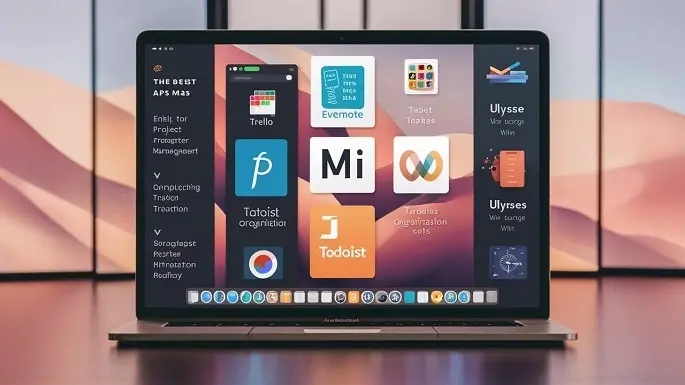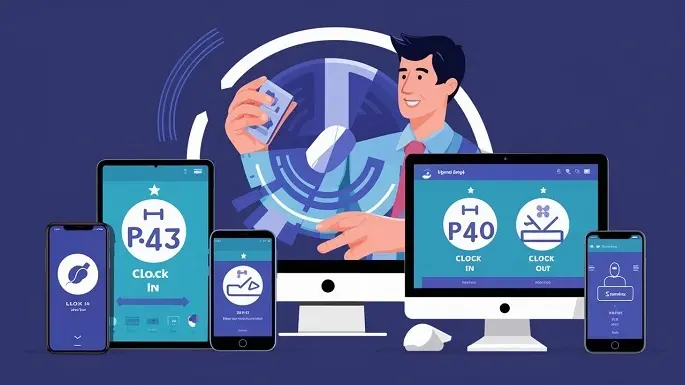Employees have now frequently worked remotely in the past few years. Since technologies are improving to help people work remotely, many firms have some or all of their employees working remotely. However, there are multiple issues one has to face while managing a remote team. Another challenge that managers experience is how to ensure that all the members of their team get the required Facetime and interaction to support productivity and interaction. This is where it is possible to implement something known as the Pitman schedule which can help.
Schedules are a way of showing the time required to complete a task in terms of hours of work during a period of working time; the Pitman Schedule is one of them.
The Pitman schedule is a concept concerned with the organization of meetings and all forms of communication in a remote working environment. It was created by Nathan Pitman, a professional with extensive experience in managing teams with distributed work.
The essence of the system is that it divides the work week into specific windows of time dedicated to four key elements: individual work, one-to-one meetings, group meetings, and office hours with complete transparency.
Here is a breakdown of what each segment entails: Here is a breakdown of what each segment entails:
Independent Work: Employees get 2-3 fixed time slots that are between 2-4 hours long to work on personal tasks and their projects without interruptions in the form of meetings or calls being scheduled.
One-on-One Meetings: Manager-to-direct report and cross-team member meetings are also set for a 30-minute time frame. Such continuous face-time enables managers to give constructive criticism and directions while at the same time building rapport.
Team Meetings: The team meetings encompass the whole team and occur one to two times a week. These are more common or conventional organizational meetings that are held to discuss or deliberate on large projects, goals, and issues among others. Meetings you have planned must have the agenda and also the expected results to be expected from the meeting.
Open Office Hours: There are 2-3 hour slots in the workday in which team members can engage in more informal conversations and ask questions to one another. No set agenda.
This time structure offers a framework that can be adapted by managers depending on the team’s requirements, although these particular time slots should be implemented.
Why does the Pitman Schedule fit well for remote workers?
There are several key reasons why the Pitman schedule is an effective approach for remote teams compared to ad hoc or less structured systems:
1. Helps them schedule daily or weekly personal meetings between the manager and his or her subordinates
Regular short sessions promote face time with each employee, with managers providing feedback and asking questions daily or weekly. This helps them to continuously mentor while at the same time fixing problems whenever they occur. Managers sometimes do not get Facetime with the distributed team members as a top challenge solved by the Pitman schedule.
2. Assigns team members long uninterrupted work periods on a designated task
As broken into independent work blocks of not less than 2 hours, it has provided teammates with adequate time to work on personal assignments or deeply focus on projects. This is especially so if one works from home; it is very difficult to avoid distractions and even if one does try, they may end up getting distracted at some point, therefore, protected time leads to productivity.
3. The president’s daily check-ins ensure accountability
It means that the schedule offers natural check-ins and review points that help to hold everyone accountable. They know that most often they are going to communicate with either their manager or their teammates during 1-on-1s and have a weekly team meeting, which means they work to make progress on tasks continuously rather than allowing those tasks to sit stagnant for an extended time.
4. Helps develop interpersonal relationships among the team.
Working remotely harms relationship development because the information that is usually encountered during face-to-face meetings is missing. It also allows for continuous time spent with others during working hours through the open office hours concept and, in addition to this, through daily 1-on-1s, working relationships become more profound, making the team more coherent.
5. One of the greatest benefits of having a home-based business is that it is convenient and easy to establish and administer.
Instead of having to attempt to synchronize numerous schedules, which can be rather convoluted, there are specific templates of schedules, which are quite easy to schedule. Managers just have to decide when and how many meetings will be held and send out the set meeting invitations, and then the rest is covered by the team members as they make respective work arrangements.
The schedule also allows for certain freedom within the rigid time construct. For instance, while the identified special focus blocks do not shift weekly, the meetings can switch days due to the trip or vacation.
6. This balance has allowed for both collaborative and individual efforts to be made.
The purpose of having different time blocks is that it allows for the opportunity for group interactions and communication but also gives time for each person to do their concentrated work. Both types of work are necessary for teams to stay efficient and productive. This is especially easier than an ad-hoc schedule where one does not know when one or the other will happen.
Using the Pitman Schedule to Increase the Level of Team Productivity
Here are some tips to enable teams to gain the most benefit from implementing a Pitman schedule:
- First, try experimenting with meeting and work block length to discover what best suits your team’s needs and work and energy levels. For instance, it is possible to begin with 90-minute working segments while finding that 2 hours is more suitable.
- Make sure it is clear to all the team members what the purpose and policy of each of those time blocks are, and in particular focus protection periods should not be interrupted. Turn off the notification during these work blocks.
- To get the most out of the different segments and have people come prepared, goals and agendas for each segment need to be clearly stated and defined. Provide materials beforehand where possible so that they can be studied by the learners before the lesson.
- Take time during employees’ 1-on-1s to just ask how they are doing, on the human level, as well as come up with solutions and clear any obstacles on the productivity level to assure them.
- Finally, it is recommended that the team leader solicit feedback from the team after the schedule has been implemented for 2-3 weeks and adjust it if necessary.
The Bottom Line
The introduction of a new working pattern such as the Pitman schedule requires some time to work on the changes. However, once the team acclimatizes to the template and blocks turn into a norm, the flow rate of delivering quality work usually receives a boost. Motivation improves among team members when they perceive that time is now being utilized effectively while at the same time having some amount of time where they can work alone, as well as have some time to interact with their colleagues. Another advantage of remote working is that employees get to strengthen their bond with managers and members of their team even in the new normal.
As seen from the above-discussed advantages of the Pitman schedule for remote teams, it is clear that implementing such a schedule in any team can be one of the best strategies any manager can apply to increase efficiency and improve the experiences of their team members. It is designed to allow people to work in decentralized teams and perform at the same (or even a higher) level as centralized teams.
Contact us here for remote employees now!



